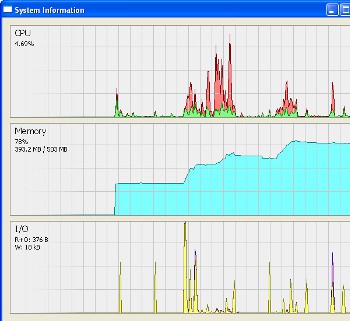Today’s the day that Canonical will release the stable version of Ubuntu 15.04, also known under the human readable name Vivid Vervet.
Like it or not, during the second decade of the 21st century Ubuntu has been the operating system to watch. This, despite the fact that its gathered a large base of followers who loyally despise it. While it’s true that much of this animosity is deserved, just as much is because we love to hate a big shot, and our jealousy over the success of others is made worse when success comes to those who don’t act according to our plans.
 This would definitely describe Ubuntu. From it’s exchange of GNOME for Unity to it’s dropping Wayland for Mir, Canonical doesn’t seem to march to anyone’s orders but its own, something that’s been true since day one.
This would definitely describe Ubuntu. From it’s exchange of GNOME for Unity to it’s dropping Wayland for Mir, Canonical doesn’t seem to march to anyone’s orders but its own, something that’s been true since day one.
Perhaps we see that with the continuation of the Ubuntu desktop.
By now, we might expect that in the name of profitability, Ubuntu would be making plans to drop its desktop to concentrate solely on servers and the cloud, where money is undoubtedly easier to make. This is the path forged by Red Hat and SUSE, both of which long ago quit developing mainstream desktop editions in favor of “community developed” distros, which are mainly testing grounds for their respective enterprise stacks. Ubuntu doesn’t seem to be interested in going that route — not yet, anyway.
Why? Because the desktop fits neatly into Canonical’s plans.
Christine Hall has been a journalist since 1971. In 2001, she began writing a weekly consumer computer column and started covering Linux and FOSS in 2002 after making the switch to GNU/Linux. Follow her on Twitter: @BrideOfLinux



 The best news of the week, of course, is that we’re everywhere. Steven J. Vaughan-Nichols wrote a
The best news of the week, of course, is that we’re everywhere. Steven J. Vaughan-Nichols wrote a 



 Late last year, I was told that the area treated for throat cancer in 2012 was exhibiting pre-cancerous activity. I was told that it could remain “pre-cancerous” for twenty years, or it could again form into the cancer that tried to kill me in 2012. If that happened and it remained unattended, it would kill me in a matter of months. My options ranged from doing nothing and taking my chances, all the way to having my larynx removed to be done with this throat cancer monster once and for all. I picked door number two.
Late last year, I was told that the area treated for throat cancer in 2012 was exhibiting pre-cancerous activity. I was told that it could remain “pre-cancerous” for twenty years, or it could again form into the cancer that tried to kill me in 2012. If that happened and it remained unattended, it would kill me in a matter of months. My options ranged from doing nothing and taking my chances, all the way to having my larynx removed to be done with this throat cancer monster once and for all. I picked door number two.




